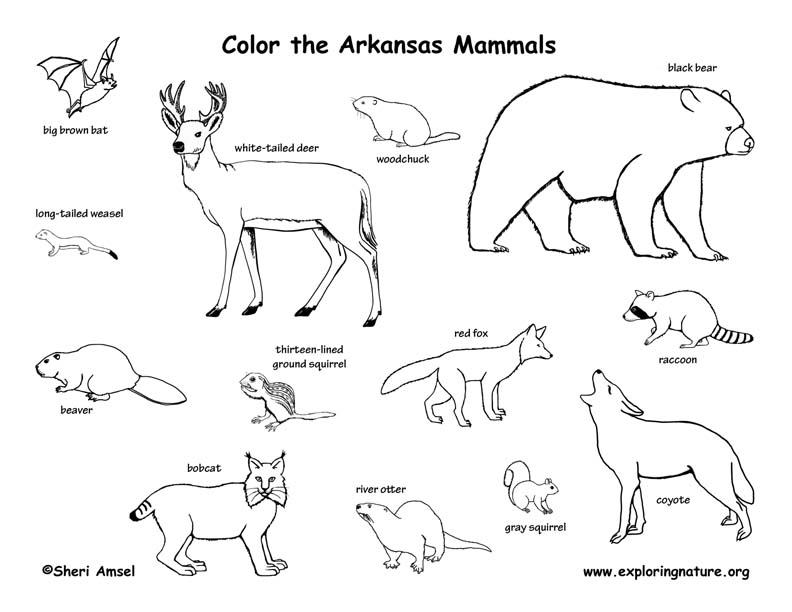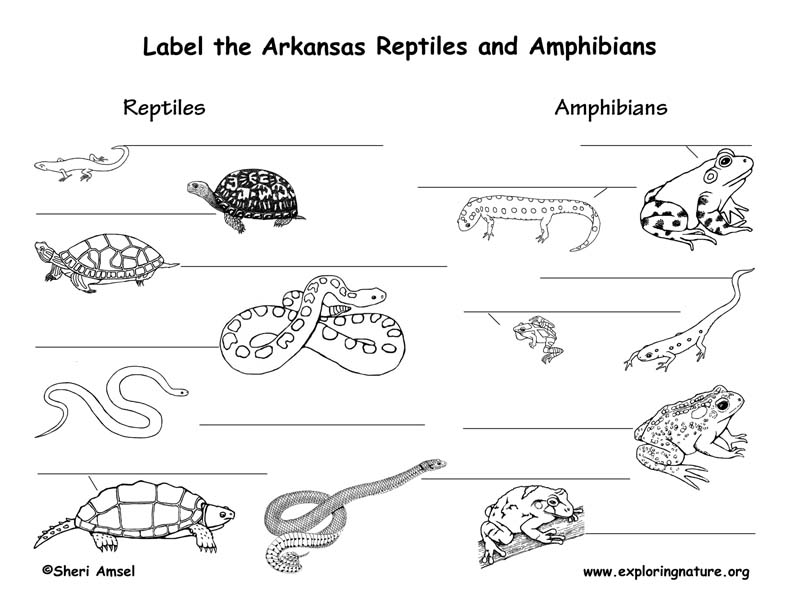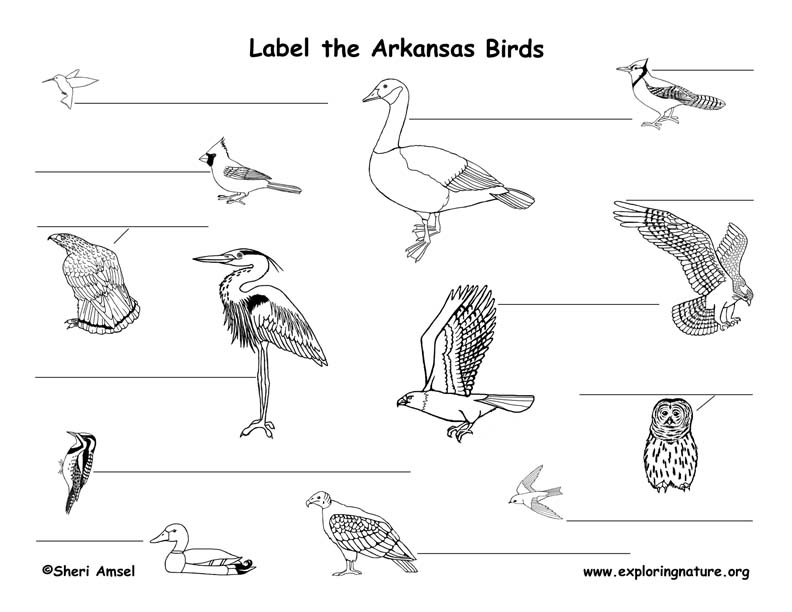

Forest
Arkansas once had a rich and diverse forest covering the Mississippi delta, coastal plain, Ouachita and Ozark Mountains. These included bottomland hardwood forests, upland hardwood forests, loblolly pine in wet lowlands and short leaf pine on dry slopes and ridges. Then, in the late1800s, Arkansas was made accessible by expanding rail lines. Lumber companies came in and bought up large tracts of land and started harvesting wood. The lumber industry boomed and over the next 40 years almost 20-million acres of forest would be cut.
Given time, forests do recover. Especially if they are cut with regrowth in mind as some of the Arkansas's forests were. In addition, the mills that survived the lumber bust began selective logging, saving seed trees, and fire prevention. Also, in 1908, more than a million acres of forest in the Ouachitas and Ozarks was claimed by the federal government to start the Ouachita and Ozark National Forests and was protected from cutting.
Today, of Arkansas's 33 million acres, 56% is made up of forest (almost 19 million acres). Of that, less than 20% is in private hands and open to the public in the form of national forests. Arkansas's forests are made up of 41% Oak-Hickory and 30% pine. Of the rest, 16% is bottomland hardwood forest, 11% is Oak-pine forest, and 1% is eastern cedar.
Grasslands
The tallgrass prairies could grow grasses more than eight feet tall. Kept open by fires, the massive root systems would quickly regrow the scorched prairie grass. This also fertilized the soil and kept trees and shrubs from growing. Since the European settled came, over 95% of Arkansas's tallgrass prairie has been lost to farming and development. It is now the rarest ecosystem in the state.
Wetlands
About 8% of Arkansas is covered by wetlands. These include the floodplains of the Mississippi River and its branches, bottomland hardwood forests, cypress swamps, headwater swamps, wet flat-woods and prairies, slope wetlands and others.
Bottomland forests border floodplains so must be able to tolerate "wet feet" like cypress swamps and water tupelo. More than 75% of the bottomland forests were cleared for farming once European settled started farming in Arkansas.
Amphibians
Reptiles
For more information about Arkansas's amphibians and reptiles (including Latin names) click on individual animal links or for another (off-site) resource: LINK
To look up individual birds go to the Exploring Nature Birds Database.
When you research information you must cite the reference. Citing for websites is different from citing from books, magazines and periodicals. The style of citing shown here is from the MLA Style Citations (Modern Language Association).
When citing a WEBSITE the general format is as follows.
Author Last Name, First Name(s). "Title: Subtitle of Part of Web Page, if appropriate." Title: Subtitle: Section of Page if appropriate. Sponsoring/Publishing Agency, If Given. Additional significant descriptive information. Date of Electronic Publication or other Date, such as Last Updated. Day Month Year of access < URL >.
Amsel, Sheri. "Arkansas Habitats, Mammals, Birds, Amphibians, Reptiles" Exploring Nature Educational Resource ©2005-2024. December 14, 2024
< http://www.exploringnature.org/db/view/831 >








